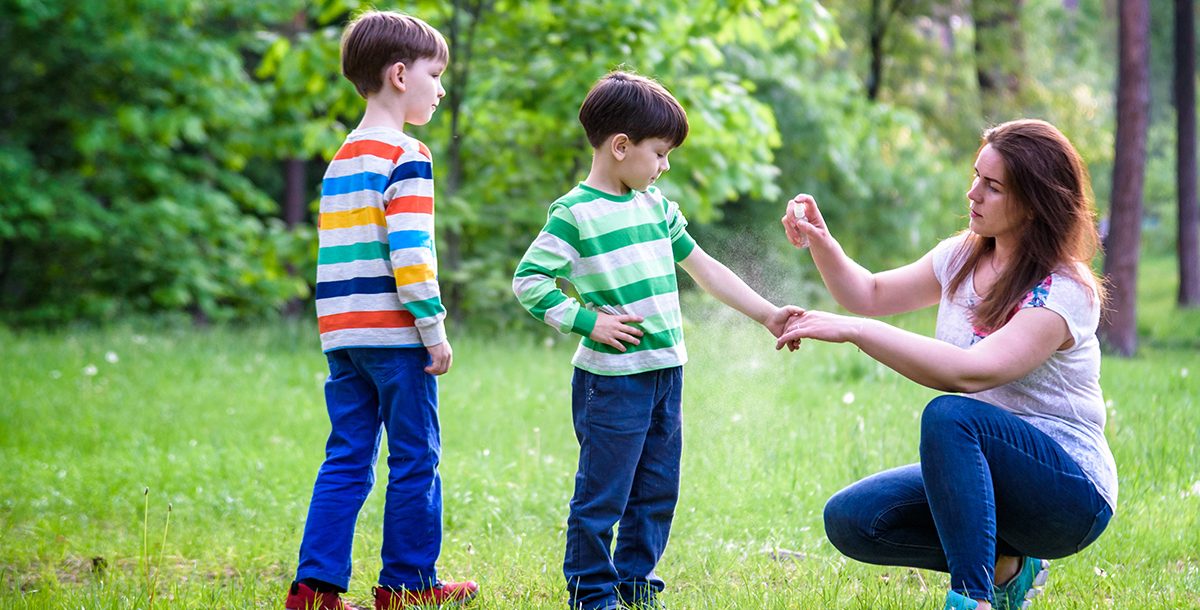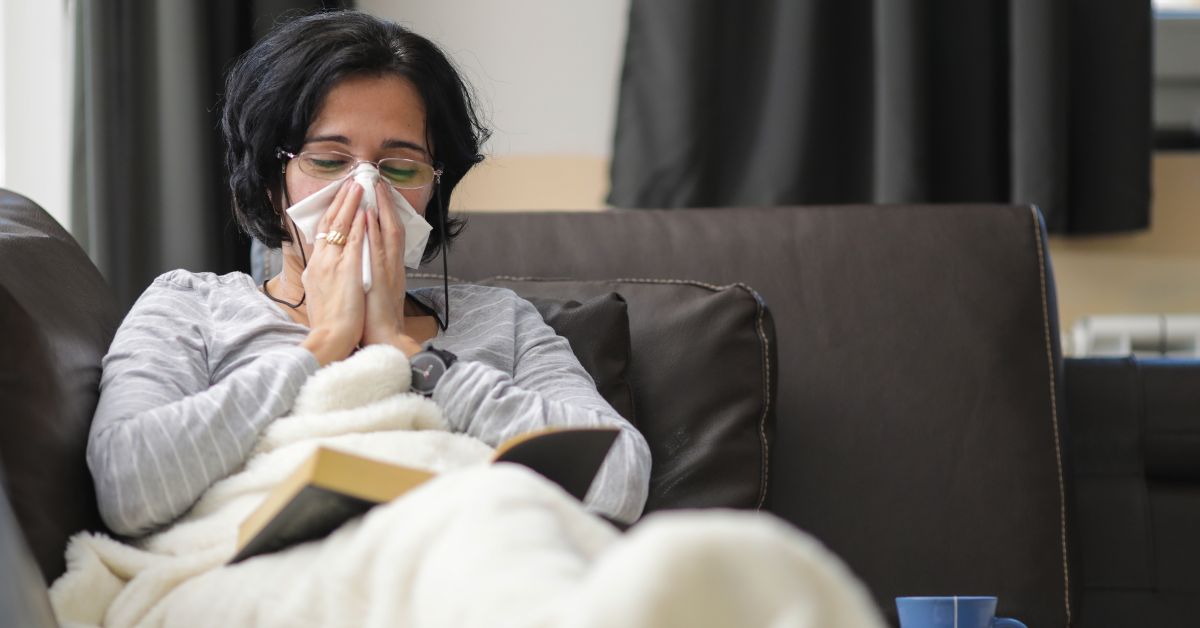As summer kicks into full swing, so do the mosquitoes. If you’re a parent, you’ve probably found yourself scanning the insect repellent aisle wondering: Is DEET safe for kids? It’s a valid concern – no one wants their child covered in itchy bites, but you also don’t want to use something that could be harmful.
What is DEET?
DEET (short for N,N-diethyl-meta-toluamide) is the active ingredient in many insect repellents. It was developed by the U.S. Army in 1946 and has been widely used since the 1950s. DEET doesn’t kill insects – it works by interfering with the mosquito’s ability to smell you, effectively making you invisible to them.
DEET is one of the most studied insect repellents in the world. Both the Centers for Disease Control and Prevention (CDC) and Environmental Protection Agency (EPA) say it is safe and effective if used properly. This applies to both adults and children.
However, if you notice any adverse reactions after applying an insect repellent with DEET or symptoms of an insect-borne illness, make an appointment with your child’s pediatrician.
Is DEET safe for kids?
The short answer is: Yes, DEET is safe for kids when used correctly.
According to the American Academy of Pediatrics (AAP) and the EPA, products containing up to 30 percent DEET can be safely used on children over 2 months of age. Studies have shown that when used as directed, DEET does not pose health risks to children or adults.
What’s especially important is how much you use and how you apply it.
Guidelines for using DEET on children
To use DEET-containing products safely on kids, follow these tips:
- Choose the right concentration: For children, stick with a repellent that contains a 10 to 30 percent concentration of DEET. A higher percentage doesn’t mean it’s stronger, just that it lasts longer. For example, 10 percent DEET lasts about two hours; 30 percent lasts around five hours.
- Avoid infants under 2 months: DEET is not recommended for babies younger than 2 months. Instead, use protective clothing and mosquito netting for infants.
- Apply it to clothing and exposed skin: Spray DEET on exposed skin and outer clothing, not under clothing. Avoid applying it to hands, eyes, mouth or areas with cuts or irritation.
- Adults should apply it for young children: Spray your hands first and then rub it on the child’s skin. Do not allow young children to apply their own repellent.
- Wash off when you’re done: After coming indoors, wash the repellent off with soap and water. Be sure to wash treated clothing before wearing it again.
DEET vs. other repellents
You might also see insect repellents with other active ingredients like picaridin, oil of lemon eucalyptus or IR3535. These are also considered safe and effective options. However, DEET remains the gold standard due to its long track record and broad protection against mosquitoes, ticks and other biting insects.
For children with sensitive skin or families looking for alternatives, picaridin (10 to 20 percent concentration) is often recommended as a comparable option.
Why insect repellent matters
Mosquito bites aren’t just annoying – they can transmit diseases like West Nile virus, Zika and, in some parts of the world, dengue or malaria.
Preventing bites is a key part of keeping kids healthy, especially when traveling or spending time outdoors during the peak mosquito hours of dawn and dusk.
How we can help
Is DEET safe for kids? Yes – when used as directed, DEET is a safe and effective way to protect children from mosquito bites and the diseases they can carry. Decades of research support that DEET, in the right concentration, is a reliable tool in your summer survival kit.
If you have concerns about which repellent to use – especially if your child has allergies or sensitive skin – check with your pediatrician.
Learn about the pediatric services we offer at Bon Secours.





